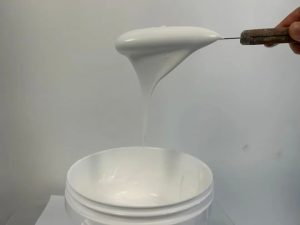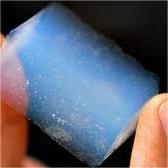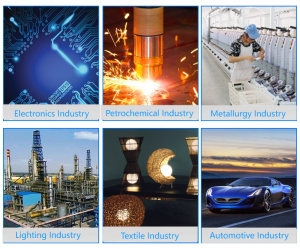Professional industry ceramic supplier, silicon nitride, silicon carbide, aluminum nitride and any other kinds of ceramics.
1. Introduction
In a major development reported just yesterday, global demand for high-performance refractory materials has surged as semiconductor and renewable energy sectors ramp up production. According to industry analysts at Ceramic Industry Today, orders for silicon carbide crucibles have jumped by 18% in Q2 2024 alone, driven by the need for ultra-pure melting environments in silicon ingot production for solar panels and EV batteries. This spike underscores the critical role of the silicon carbide crucible—not just in heavy industry, but increasingly in precision manufacturing and even artisanal applications.
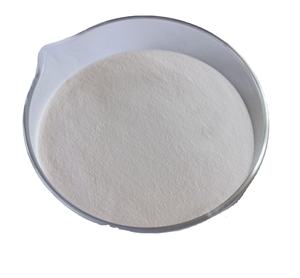
Silicon carbide crucibles are far more than simple containers for molten metal. They represent a pinnacle of advanced ceramic engineering, combining extreme thermal shock resistance, chemical inertness, and mechanical strength at temperatures exceeding 1,600°C. Whether you’re casting aluminum in a foundry or baking a casserole in a silicon carbide ceramic casserole dish, the underlying material science remains remarkably consistent—just adapted for vastly different contexts.
2. What Is a Silicon Carbide Crucible?
A silicon carbide crucible is a container made primarily from silicon carbide (SiC), a compound of silicon and carbon known for its exceptional hardness and thermal conductivity. Unlike traditional clay or graphite crucibles, silicon carbide crucibles resist oxidation, maintain structural integrity under rapid heating and cooling cycles, and do not contaminate the materials they hold—making them ideal for melting non-ferrous metals like aluminum, copper, and zinc.
These crucibles are typically manufactured through processes like reaction bonding (RBSiC) or sintering, resulting in dense, high-purity ceramic bodies. The RBSiC silicon carbide tile block method, for instance, yields components with near-theoretical density and minimal porosity—critical for applications requiring leak-proof containment at extreme temperatures.
3. Industrial Applications Beyond Melting
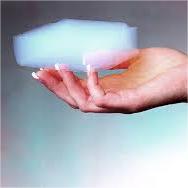
While the core use of a silicon carbide crucible remains in foundries and laboratories, the versatility of silicon carbide extends into numerous high-performance components. Silicon carbide ceramic tiles line kilns and furnaces for their insulating properties. Silicon carbide burner nozzles withstand corrosive combustion environments in glass and steel plants. Even silicon carbide ceramic columns and silicon carbide rings serve as structural or sealing elements in pumps and reactors.
Piping systems also benefit: silicon carbide ceramic pipes and silicon carbide tubes—including silicon carbide thermocouple protection tubes and silicon carbide porous ceramic tubes—are deployed in chemical processing and waste incineration due to their corrosion resistance. The silicon carbide tube furnace, a staple in materials research, relies on these tubes for uniform, contamination-free heating.
4. Silicon Carbide vs. Alternatives: Boron Carbide and Silicon Nitride
When selecting refractory ceramics, engineers often compare silicon carbide with boron carbide and silicon nitride. Boron carbide vs silicon carbide debates usually center on hardness—boron carbide is harder—but silicon carbide offers better thermal conductivity and is significantly more cost-effective for large components like crucibles.
Meanwhile, silicon nitride (Si3N4) excels in fracture toughness and thermal shock resistance, making silicon nitride crucibles and silicon nitride rings valuable in aerospace and cutting tools. A silicon nitride crucible factory might specialize in lab-scale, high-purity vessels, whereas silicon carbide dominates bulk industrial melting. Custom silicon nitride heat shields and silicon nitride plates are also gaining traction in turbine engines and semiconductor handling.

5. The Unexpected Rise of Silicon Carbide in Tableware
Perhaps the most surprising trend is the migration of silicon carbide into consumer ceramics. Brands now market silicon carbide ceramic dinner plates, silicon carbide ceramic serving bowls, and even silicon carbide ceramic butter dishes with lids. These aren’t just gimmicks—silicon carbide’s thermal stability allows these dishes to go seamlessly from freezer to oven, and its non-porous surface resists staining and odors.
You’ll find everything from silicon carbide black ceramic plates to silicon carbide white ceramic plates, handcrafted ceramic plates, and seasonal items like silicon carbide christmas ceramic platters. Specialty items include silicon carbide ceramic ramekins, silicon carbide ceramic pie dishes, and silicon carbide ceramic pasta bowls. Some even mimic classic designs like silicon carbide blue white porcelain plates, blending tradition with advanced material science.
6. Other Silicon Carbide Ceramic Forms: Discs, Pipes, and More
Beyond crucibles and dinnerware, silicon carbide appears in functional components like silicon carbide discs—used as silicon carbide ceramic grinding discs, silicon carbide sanding discs, and even silicon carbide piezo ceramic discs in sensors. In plumbing, silicon carbide ceramic disc taps and silicon carbide ceramic quarter turn taps offer wear resistance unmatched by metal.
For high-temperature transport, silicon carbide ceramic piping systems—including silicon carbide mullite tubes and silicon carbide zirconia tubes—provide durability in aggressive environments. Hobbyists even explore how to make a ceramic pipe using silicon carbide for its heat retention and aesthetic finish.
7. Conclusion
The silicon carbide crucible sits at the intersection of industrial necessity and material innovation. From enabling cleaner metal casting to gracing dinner tables as elegant, durable tableware, silicon carbide proves that advanced ceramics can serve both furnace and family. As demand grows across sectors—from semiconductor fabs to artisanal kitchens—this remarkable material continues to redefine what ceramics can do.
Our Website founded on October 17, 2012, is a high-tech enterprise committed to the research and development, production, processing, sales and technical services of ceramic relative materials such as Silicon. Our products includes but not limited to Boron Carbide Ceramic Products, Boron Nitride Ceramic Products, Silicon Carbide Ceramic Products, Silicon Nitride Ceramic Products, Zirconium Dioxide Ceramic Products, etc. If you are interested, please feel free to contact us.


